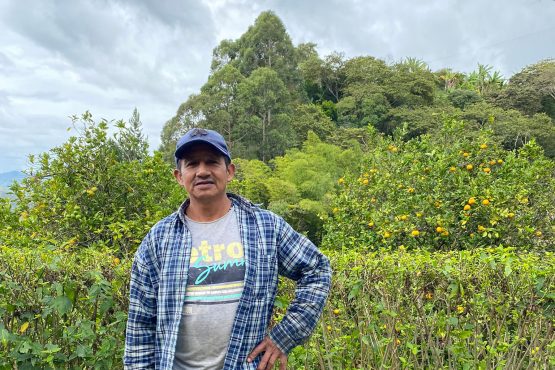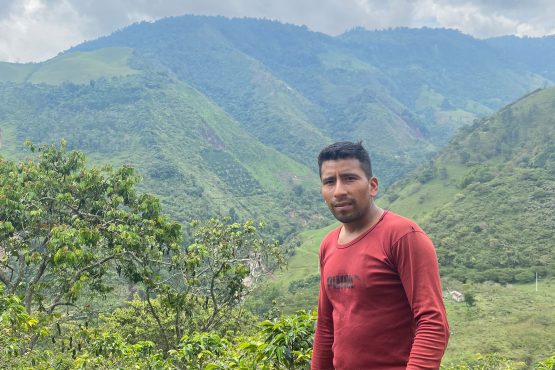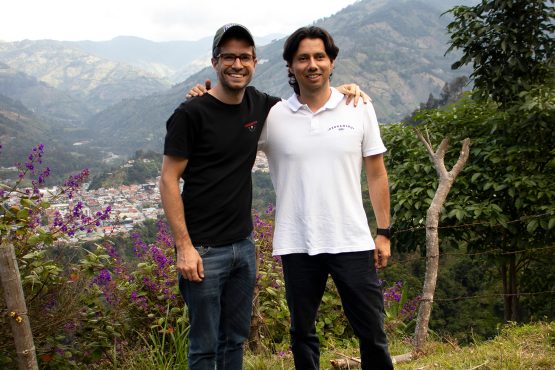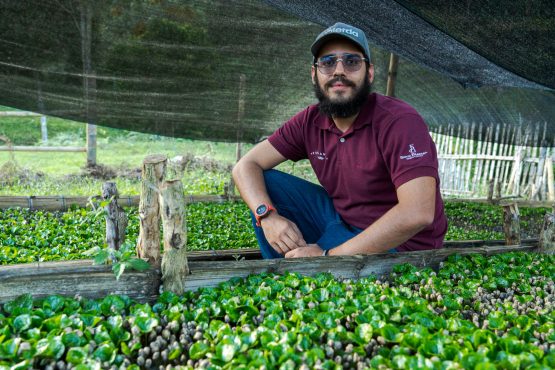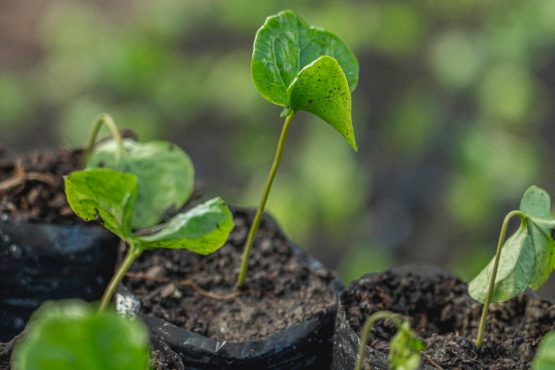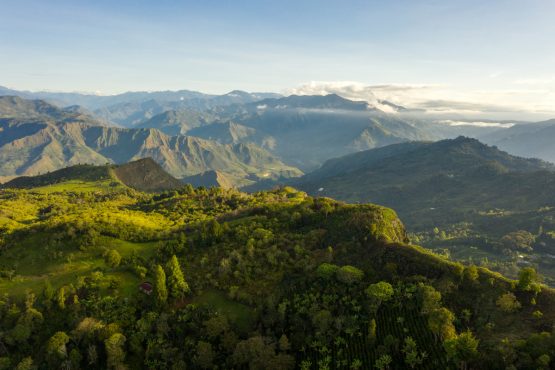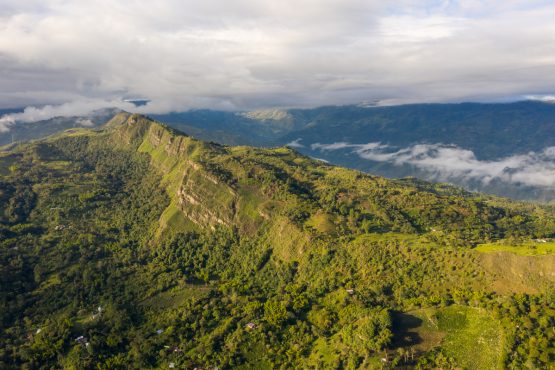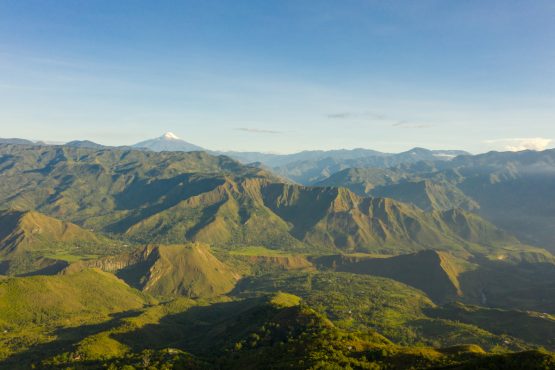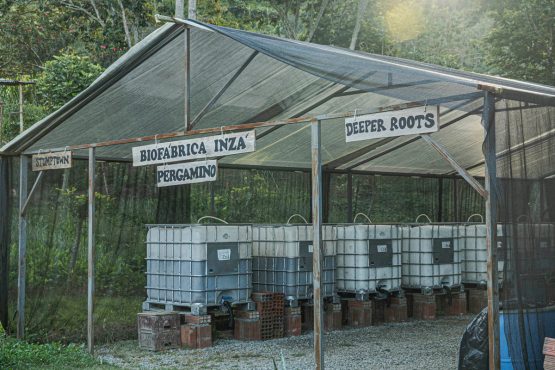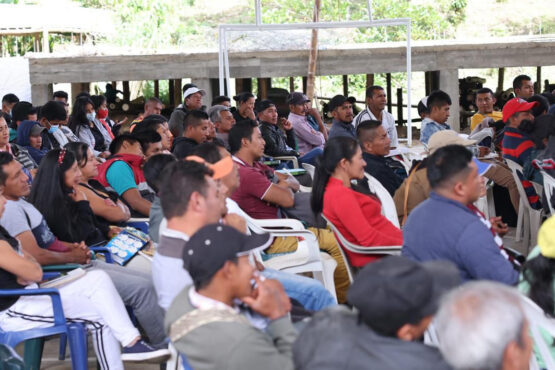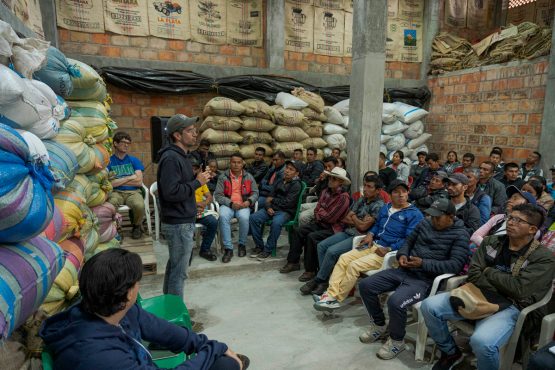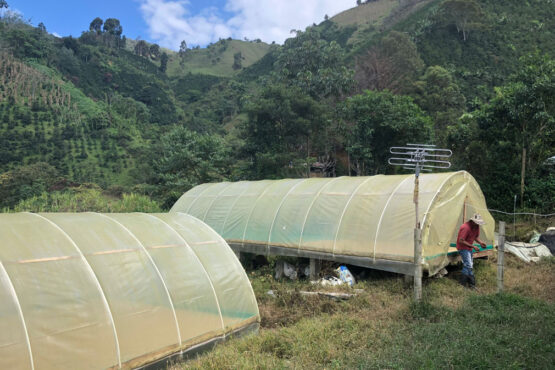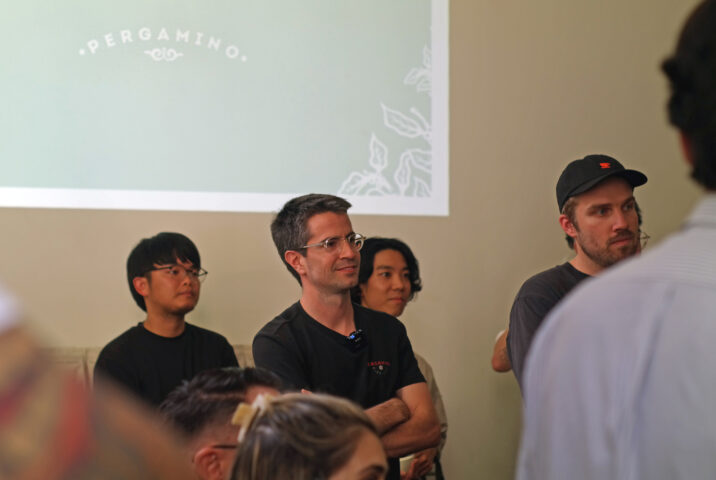Gesha del Pueblo
White blossom florals, with mandarin, nectarine and oolong tea in the cup. Delicate and pretty.
This coffee was produced by three smallholder producers from the municipality of Inzá, in the Colombian state of Cauca: Arnulfo Quintero, Yimi Tunubala and Neyid Pillimue.
The farms that make up this lot are very small – on average just two hectares in size – and are located at around 1,950m above sea level, in the region’s steep, rugged hills. Producers who contributed to this lot have enrolled in the ‘Gesha for the People’ project, an initiative of our export partner Pergamino’s Allied Producer Program.
Pergamino have spent years building and strengthening relationships with independent farmers across Colombia’s coffee regions. By providing agronomical advice and assistance during the growing season and consistently compensating producers fairly for their crop, they have developed deep ties to rural producing communities. While on the road, Pergamino realised many of the producers they work with have excellent growing conditions and practices, but have limited access to rare varieties like Gesha that fetch higher premiums from buyers.
As exporters, Pergamino knew that the market for high-priced, specially prepared Geshas is small, as the cost and scarcity of such lots limits their distribution to roasters and consumers. Recognising that — while extremely special and distinct — the production of rare varieties like Gesha has historically neither benefited less-resourced growing communities, nor reached a wide consuming audience, Pergamino decided to take a new approach to such varieties within their own supply chain. ‘Gesha for the People’ was born to disrupt this restrictive business model by making Gesha more accessible to all parties.
Allied Producers enrolled in the program have received Gesha seedlings grown at a community-run bio-fertiliser factory in Inzá, using seeds that come directly from Panama, or from Pergamino’s own La Palma farm. Participating producers commit to taking 1,000 tiny shrubs at a time, and to plant them on a separate plot of land in their property, designated specifically for Gesha growing. Coffees that are produced can range in size from two to twenty bags, with cherry contributed to by up to ten participating producers per lot.
To encourage green buyers to purchase these lots Pergamino offer them at an accessible price point compared to equivalent Gesha lots, with the expectation that greater volumes will be contracted as the program grows. The goal of this two-pronged solution is to expand the number of participating producers and allow more consumers the opportunity to experience these special coffees — guaranteeing higher premiums for farmers and, hopefully, building a greater demand for these lots long term.
Inzá was chosen as the first location for ‘Gesha for the People’ because it is the region where Pergamino have developed their closest and longest-standing relationships. Producers have grown to fully trust in the exporting company, as the technical assistance Pergamino have provided over the years has led to higher yields, better cup quality, and fair prices for their crop. The rich, volcanic soil of the area also makes Inzá ideal for agriculture, and contributes to the excellent flavour profile of coffees grown and processed here. Cool overnight temperatures result in dense beans, which are notable for their sweetness and complexity. Lower temperatures and high rainfall also influence processing techniques, with longer ferment and drying times being necessary.
ABOUT INZÁ
The municipality of Inzá is located in the corner Cauca state, bordering with Tolima and Huila and looking out to the west over the Pacific Ocean. This region has excellent conditions for growing high-quality coffee, with high elevations and rich volcanic soil. The plateau has a very stable climate year-round thanks to its proximity to the equator and the surrounding mountains, which protect the coffee against the humidity of the Pacific Ocean and the trade winds from the south. This region is an important source of water and wildlife for Colombia, in addition to being prime coffee-growing land.
Inzá is the traditional home of the Nasa (or Páez) people, one of Colombia’s largest indigenous groups. During the Spanish invasion of Colombia, many of the Nasa were able to avoid bloodshed by escaping to the rugged hills and high plateaus of the Andes Mountains where the Spaniards were unable to pursue them. Today, the Nasa economy relies on agriculture, and society is organised into tight knit farming communities who distribute duties equitably under the guidance of cabildos, or locally elected councils. Like many indigenous groups across Latin America, the Nasa have spent decades lobbying for the return of their land rights, finding success in recent years. Their struggle has led to legal recognition of the fundamental rights of indigenous peoples, including recognition of the autonomy of their communal indigenous lands in the 1991 Colombian Constitution.
Coffee from Cauca has historically been very difficult to access due to the region’s isolation and instability. For many years this part of Colombia was under the control of Colombia’s notorious rebel group, the FARC, and as a result, it was unsafe and violent. Since 2012, safe access to this region has been possible as a result of peace talks between the national government and the rebels. Thanks to these efforts, more and more stunning coffees from small producers in the region have become accessible to international buyers.
Our export partners for this coffee, Pergamino, have worked hard commercialise specialty-grade coffee throughout Cauca, and are now able to source some outstanding coffees from very dedicated producers. They work closely with the producers to give them feedback on their coffees (provided by Pergamino’s expert team of cuppers) and provide top up payments when the coffee is sold at a higher premium.
Head here to learn more about the work of Pergamino.
HOW THIS COFFEE WAS PROCESSED
The coffee in this lot was selectively hand-harvested, with most labour being provided by farmers and their families. It was processed using the washed method at the farm’s ‘micro-beneficio’ (mill).
After collection, cherries were left to ferment in tank for the first 24 hours, with water added over the following two to three days to stabilise the tank’s temperature. The coffee was then pulped using a small manual or electric pulper and then washed using clean water from nearby rivers and streams.
The coffee was then carefully dried over 15-30 days, depending on the farm’s location and weather. The first 24 hours of this process are key, at which time parchment is dried directly under the sun. It is then moved on to parabolic beds, which are constructed a bit like a ‘hoop house’ greenhouse, and act to protect the coffee from the rain and prevent condensation dripping back onto the drying beans. The greenhouses are constructed out of plastic sheets and have adjustable walls to help with airflow, and temperature control to ensure the coffee can dry slowly and evenly.
Once dry, the coffee was delivered to Pergamino’s warehouse in Medellín, where it was cupped and graded. After being evaluated and approved, coffee was rested in parchment until it was ready for export.

